To revamp all aspects of the Indian education system and bring it closer to the best global standards, the Government has approved the much-awaited New Education Policy (NEP), 2020 on July 29, 2020. After all, education is the most effective medium of progress and development with critical and mathematical thinking among the students.
Being a needonomist academician, I welcome the renaming of the Ministry of Human Resources Development (MHRD) as the Ministry of Education (MoE) as none of the 28 States have HRD ministries but do have the ministry of education, with education being a concurrent list subject. We should be ready to implement it with quickness as we have taken sufficient time to conceive with a lot of discussions with the stakeholders.
The new curriculum structure is a welcome step for inculcating scientific temper. The proposal of the National Research Foundation is well received but calls for encouraging policy implication oriented research. There is a need for research on educational products and the students as consumers in the educational industry. There should be a complete ban on private coaching. Common Entrance Test for admissions in the universities and colleges can do wonders in achieving the targets and objectives. The e-courses in 8 Languages are fine.
There is a need for the cooperation of the State Governments (without any politics!) as education is on the concurrent list. At the same time, we should be vigilant of the bureaucracy to put hurdles in quick implementation.
To strengthen infrastructure, we must have the necessary commitment to spend 6% of the Gross Domestic Product (GDP) on education judiciously. This calls for adopting Ambedkar’s canons of public expenditure in terms of ‘faithfulness, wisdom, and economy’ in execution.
The implementation of NEP also calls for honest, hardworking, and humane teachers who are respected, retained, and recruited with morality, credibility, and accountability.
The permission to set up foreign universities’ campuses may lead to unhealthy competition with policy implications for increasing inequalities. I have no hesitation to confess that we may be weak, but we are unique to prove our mettle in the global knowledge economy of today!
NEP sets the target of achieving a 50 per cent Gross Enrollment Ratio (GER) by 2035. This calls for strengthening infrastructure in all its dimensions. The objective of converting all higher educational institutions into multi-faculty by 2040 is too ambitious.
Also Read: Do cent percent marks evince cent percent learning? – A Vantage point
It needs to be noted that 5 of the 7 targets of sustainable development goals (SDGs) 2030 on quality education and learning outcomes call for fine-tuning and continuous monitoring. To help the stressed private sector, there is a case for adopting the Public-Private Partnership (PPP) model as education is a merit want (quasi-public good!)
The issue of examinations requires reforms by adopting the odd-even formula. The odd examinations can be conducted by the institutions internally by replacing internal assessment. The even semester examination by the universities/boards will reduce the burden and declare the results on time. The online education is complementary to classroom teaching and learning and cannot be ignored in digital India even in examinations.
Also Read: Reform Examinations to Promote Deeper Learning
The three-tier government should not interfere at every level of education. The central government must take the responsibility of providing secondary education to the entire nation free of cost as a public good. Primary education is required to be looked after by the local governments with the freedom to generate resources. The domain of higher education, including professional and technical education, can be transferred to the states with the PPP model which will bring efficiency, sufficiency, and equity.
Online education cannot be a substitute for offline education in institutional setup.
I foresee the challenges in higher education for making the students employable and useful in this world of uncertainties in the post-COVID era. The online system of education will deteriorate the standards which are desirable for the Indian economy. There is always a trade-off between quantity and quality, and most of the times we forego quality in the name of the quantity. As a teacher, I have firm faith that online education cannot be a substitute for offline education in institutional setup. Both can coexist but cannot survive long in isolation. The related issues are to be resolved at all levels with healthy discussions.
Also Read: Reform Examinations to Promote Deeper Learning
NEP 2020 has recommended a single regulatory authority for higher education, the Higher Education Commission of India (HECI), with several verticals to fulfill different roles. This seems to be the right step in the right direction. The first vertical of the Higher Education Commission of India (HECI) would be the National Higher Education Regulatory Council (NHERC). It would be functioning as the common and single point regulator in the higher education sector consisting of teacher education. However, it would exclude medical and legal education. The second vertical of HECI will be National Accreditation Council (NAC). It would be a meta-accrediting body. The accreditation of all the institutions will be based mainly on basic norms, public self-disclosure, good governance, and outcomes. This accreditation will be carried out by an independent ecosystem that will be supervised by NAC.
The third vertical of HECI according to New Education Policy 2020 will be carrying out funding and financing of colleges and varsities. The fourth vertical of the Higher Education Commission of India (HECI) would be the General Education Council (GEC). It will frame expected learning outcomes for higher education programmes which are also referred to as ‘graduate attributes’. The GEC will formulate a National Higher Education Qualification Framework (NHEQF).
Different verticals would mean that each vertical within HECI will be taking on a new and single role which will be relevant meaningful and important as conceived in NEP 2020.
Currently, the higher education bodies are regulated by the University Grants Commission (UGC), All India Council for Technical Education (AICTE) and National Council for Teacher Education (NCTE). The autonomous umbrella body of Higher Education Council of India (HECI), Regulation (NHERC), Accreditation (NAC), Funding (HEGC), and Academic Standard Setting (GEC) and its functioning will be based on transparent public disclosure. The focus would be on using extensive technology and reduce human interface which will ensure efficiency and transparency in their work. The separation of all the functions in different verticals would mean that each vertical within HECI will be taking on a new and single role which will be relevant meaningful and important as conceived in NEP 2020.
We need an empowered educational governance based on the SIMPLE model (SQ development, Intuition development, Mental level development, Physical development, Love oneself attitude, EQ development) developed in the book ‘Economics of Human Resource Development in India’ (2012). We have to adopt the SMART (Simple, Moral, Action-oriented, Responsive, Transparent) and SIMPLE models for effective leadership at all levels of education.
Disclaimer: The views expressed in this article are of the author solely. TheRise.co.in neither endorses nor is responsible for them.
About the author
Prof. Madan Mohan Goel, Former Vice Chancellor and Propounder of Needonomics School of Thought.

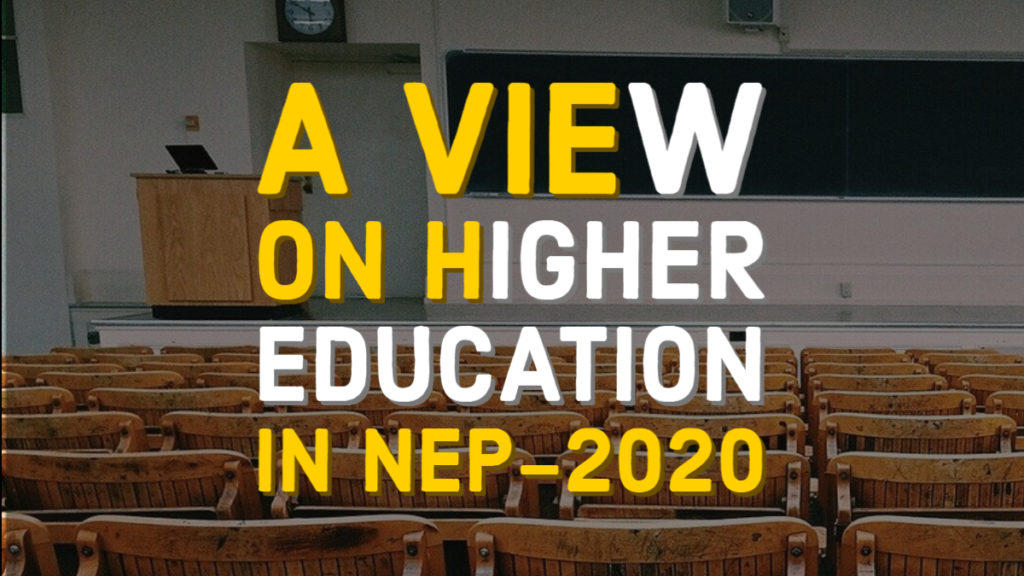

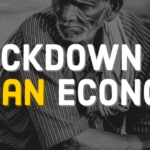




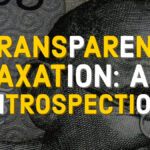














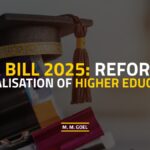




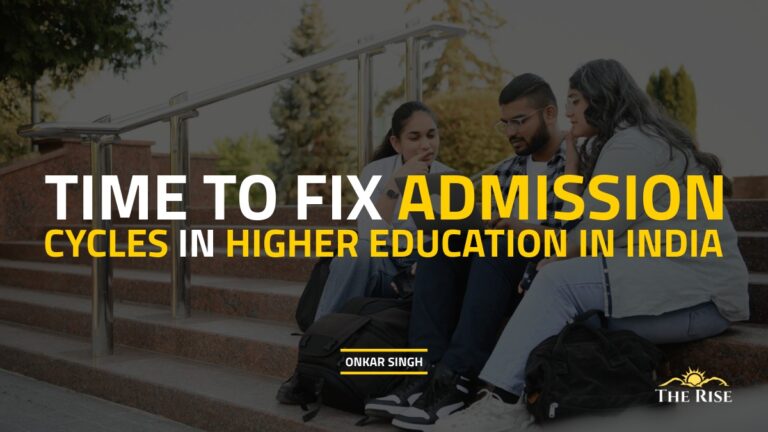
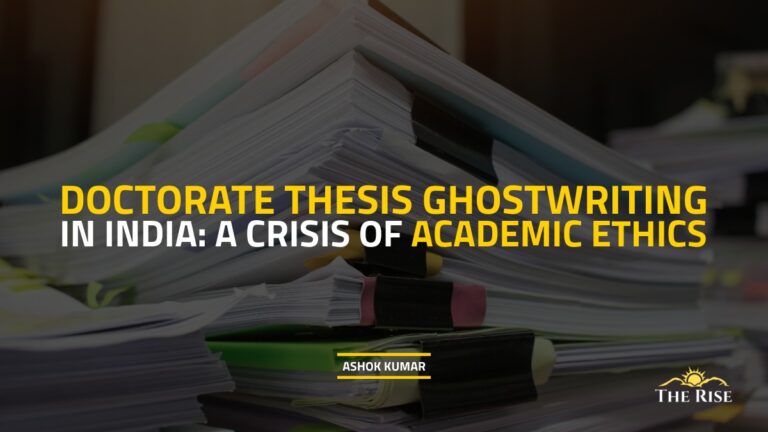

Pingback: Implementation Challenges of NEP in Higher Education - TheRise.co.in
Pingback: NEP 2020: Issues and Implications - TheRise.co.in
Pingback: Anniversary-of-NEP-2020 - TheRise.co.in - Editor's Pick